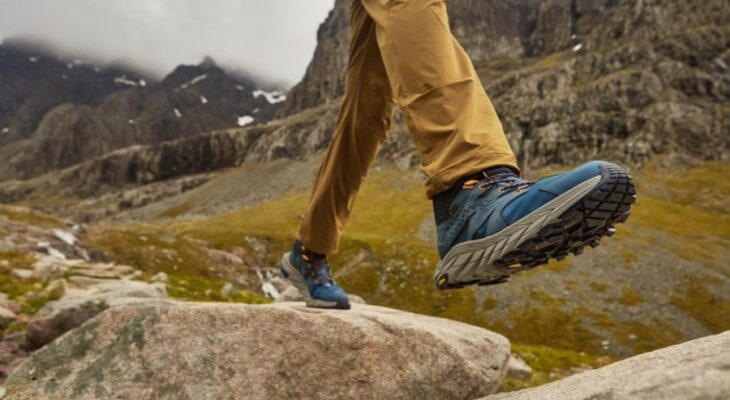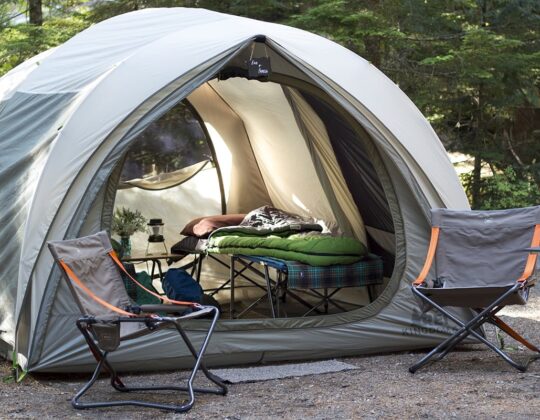Embarking on a hiking adventure is a thrilling experience, and having the right pair of hiking boots can significantly enhance your journey. Choosing the perfect hiking boots involves considering various factors, from the type of terrain you’ll encounter to the specific features that match your needs. In this guide, we’ll delve into the essential considerations to help you select the ideal hiking boots for your next outdoor escapade.
1. Know Your Terrain: Understanding the type of terrain you’ll be traversing is the first step in choosing the right hiking boots. Different terrains require different features. For example:
- Light Hiking Boots: Suitable for well-maintained trails and day hikes.
- Midweight Hiking Boots: Ideal for varied terrain, including uneven surfaces and moderate backpacking.
- Heavy Hiking Boots: Designed for challenging terrains, long backpacking trips, or mountainous regions.
2. Consider Boot Cut:
- Low-Cut Boots: Provide flexibility and are suitable for well-groomed trails. They resemble athletic shoes and are lightweight.
- Mid-Cut Boots: Offer ankle support and are versatile for various terrains. They strike a balance between flexibility and support.
- High-Cut Boots: Provide maximum ankle support and stability, making them suitable for challenging terrains and heavy backpacking.
3. Understand Boot Materials:
- Full-Grain Leather: Offers excellent durability, water resistance, and support. However, it tends to be heavier.
- Split-Grain Leather: Lightweight and breathable but less durable than full-grain leather. Often combined with mesh for improved ventilation.
- Synthetic Materials: Lighter than leather, quick-drying, and often more affordable. However, they may lack the durability of leather.
4. Focus on Fit:
- Try Before You Buy: Visit a reputable outdoor retailer and try on different brands and models. Ensure a snug fit with enough room for your toes to wiggle.
- Consider Socks: Wear the socks you intend to use while hiking when trying on boots. This ensures a more accurate fit.
5. Pay Attention to Boot Features:
- Waterproofing: If you plan to hike in wet conditions, consider boots with waterproof membranes like Gore-Tex.
- Breathability: Choose boots with breathable materials if you’ll be hiking in warmer climates.
- Traction: Look for boots with a robust tread pattern for optimal traction on various surfaces.
- Toe Protection: Reinforced toe caps provide added protection against rocks and roots.
6. Test for Comfort and Support:
- Flexibility: Ensure the boots are flexible enough for comfortable movement but offer adequate support.
- Arch Support: Consider your foot arch type and select boots with appropriate arch support.
- Cushioning: Look for boots with ample cushioning to absorb shock and reduce fatigue.
7. Consider Weight:
- Lightweight Boots: Ideal for day hikes and less demanding trails.
- Midweight Boots: Suitable for a variety of terrains and moderate backpacking trips.
- Heavyweight Boots: Provide maximum support and are suitable for challenging terrain and extended backpacking.
8. Budget and Brand:
- Set a Budget: Determine how much you’re willing to invest in a quality pair of hiking boots. Keep in mind that durable, well-constructed boots are a long-term investment.
- Research Brands: Explore reputable outdoor brands known for their quality hiking footwear. Read reviews and consider user experiences.
Choosing the right hiking boots involves a balance between personal preferences, the type of adventure you’re planning, and the specific features that match your needs. By considering these factors, you’ll be well-equipped to make an informed decision and ensure that your hiking boots contribute to a comfortable and enjoyable outdoor experience. Happy trails!











